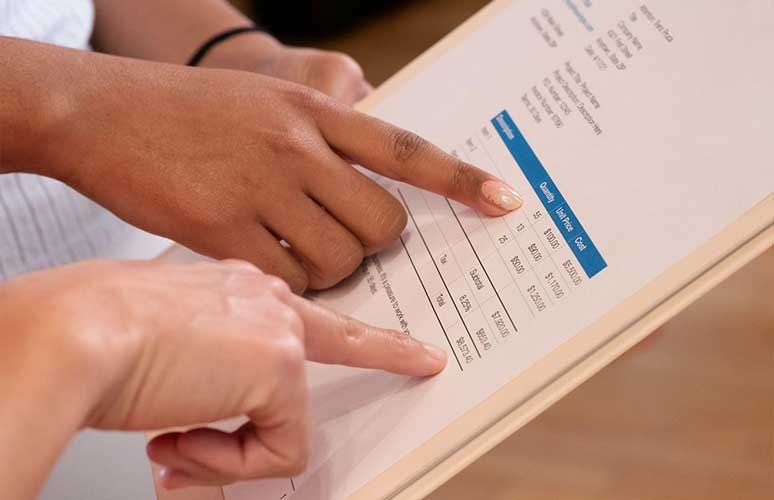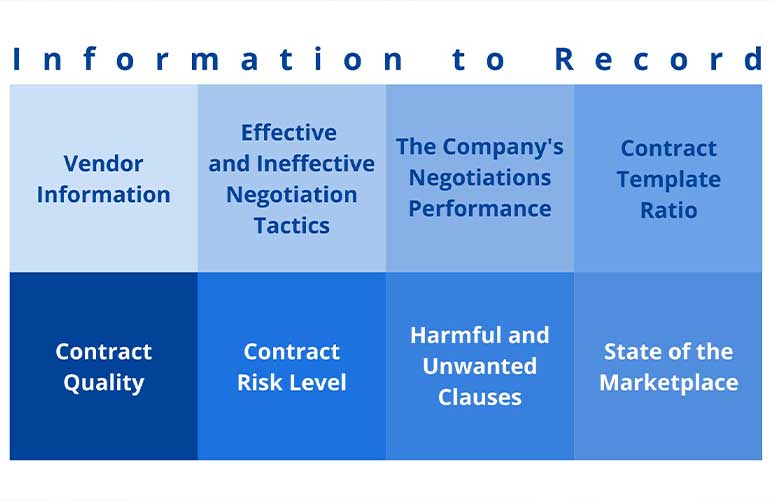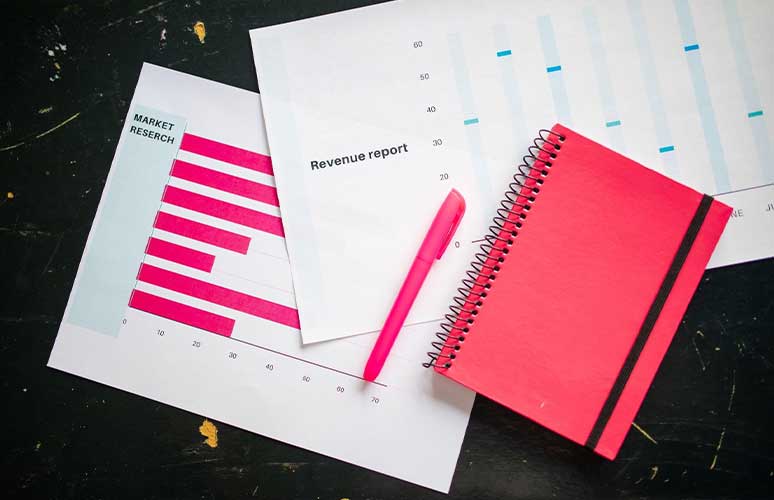You’ve negotiated and signed the contract, and now you can sit back and relax, right? Unfortunately, it’s not yet time to let your guard down. There are a few more steps you’ll want to take, from ensuring that the bills you receive from your new telecom provider match your negotiations to reflecting on the process and taking notes for the next time you go through it. Now it’s time to follow the telecom procurement optimization process.
If your team would benefit from working with industry professionals to optimize the procurement process and achieve your business objectives, reach out to the Technology Procurement Group. Fill out the form on our Contact Us page, email us at info@TPG-llc.com, or give us a call at 1-888-449-1580.
Table of Contents
Confirm that Billing Matches the Contract
Many procurement professionals make the mistake of letting their guard down once they’ve signed the contract. The problem with this is that the telecom procurement process hasn’t quite come to a close, and you need to remain vigilant.
Over the first couple of months after signing the contract, It’s an important part of the telecom procurement optimization process to double-check all bills to ensure they reflect the contract (which should match all agreed-upon terms from the negotiation).

- Make a checklist that includes all of the contract terms and key pricing. Your team can then go through the list to ensure that everything on the bills matches up with the contract.
- Check for incentives, credits, and waived charges. If any waived charges, credits, or incentives were promised, it’s necessary to go through the bill and make sure that they were included.
- Ensure your company received credit for commitment-eligible revenue. If the contract contains a MARC, it’s vital to ensure that everything your company spends is accounted for.
- Use three-way matching to confirm that the bill matches the contract. Compare the purchase order, the goods receipt note, and the supplier’s invoice before approving the invoice for payment. Utilizing three-way matching can prevent fraud, increase profits, and maintain verified records for audits. Since manually going through the three-way matching process can be time-consuming, you may wish to use an automated system to complete the task.
Reflect and Learn from the Experience

For procurement professionals new to the process, going through telecommunications procurement from the first step to the last is a huge learning experience. Even experienced professionals can learn something new with every negotiation and vendor interaction.
That’s why reflecting and learning from the experience is an important part of the telecom procurement optimization process. Recording what your company has learned and can take forward into the future can help you the next time you go through the telecom procurement process. Here is the main information that should be recorded and shared the next time around.

Vendor Information
The first thing to note is information on all of the vendors that offered proposals. This can serve as background information on these particular vendors the next time your company goes through the telecom procurement optimization process.
- Which vendors stood out as the best? What were their strengths and weaknesses?
- Which vendors did your company consider the worst, and why?
- Which vendors surprised your company (in a good or bad way)?
- Which vendors were the most responsive and flexible during the process?
- What set each vendor apart from the others?
- What were the sales reps and contract professionals from each vendor like?
- What types of ploys (if any) did each vendor use?
Effective and Ineffective Negotiation Tactics
It’s also beneficial to note any tactics your company used during the negotiation and how well they worked to make the telecom procurement optimization process effective. Perhaps a certain strategy got the vendor to agree to the terms you wanted, but another method had no discernible effect or even hurt the negotiation. Maybe your team used new strategies that proved highly effective and should be used again in the future.
Your Company’s Negotiations Performance
An essential part of reflecting on the telecom procurement optimization process is measuring your company’s negotiations performance. If your procurement team is questioning whether or not it secured the company a good deal, then it probably didn’t.
Your team will know if they got a good deal based on whether they achieved their negotiation objectives. Comparing the agreement to objective benchmarking data can also give your procurement team a good idea of how their negotiation skills stacked up.
One way to look at price negotiation, in particular, is to consider cost savings. Cost savings are typically looked at as being made up of hard savings and soft savings. Hard savings result from negotiated reductions of amounts already contracted with a vendor, while soft savings (also called cost avoidance savings) come from negotiated reductions in a vendor’s initially proposed pricing. As a company, it’s vital to set standards regarding what counts and does not count as cost savings. Your company will also have to set standards for calculating performance.
Notes Regarding Savings, Revenues, and Efficiencies

To claim savings, revenues, or efficiencies, it’s imperative to prove that procurement drove them. This can be done by analyzing the spending, consumption, and demand, and ensuring that procurement supplied the initial cost-saving idea.
All procurement benefits must be controlled and approved by your company’s finance department. Reports generated by the procurement team for executive management are really only forms of self-promotion; to impact the profit and loss statement, it’s necessary to reconcile all savings with the finance and business departments.
Be sure to consider the difference between estimated savings and realized savings, specifically in the case of consumption-based items. Consider a two-year contract for 1000 pieces in which the company has saved $100 per piece; your procurement team cannot claim a savings of $100,000 upfront.
Instead, your company needs to monitor the actual consumption for three months or more before making fair estimates. Another option is to claim a portion of the savings upfront and the rest at the end of the contract term based on actual consumption.
One of the most critical tasks in procurement is reporting savings and revenues in a consistent, accurate, and timely manner. Making a difference while delivering value requires dedication to the process all the way through to the budget adjustment; only with this true dedication will your company’s efforts materialize.
Contract Template Ratio
One way to look at your company’s negotiations performance is to look at your contract template ratio or the ratio of contracts executed using your company’s template compared to the vendor’s.
Obviously, your company’s template is more favorable, and thus it’s preferable to use it as often as possible. Of course, some vendors do have the leverage to refuse your company’s template. And in some cases, it may even be beneficial to use the vendor’s template, such as when there is a time or risk trade-off. Overall, a best-in-class contract template ratio is around 80%.
Contract Quality

Another way to judge your company’s performance is to look at the quality of the contract. Your procurement team can develop a simple scoring system to assess the level of deviation from your company’s original template to the final contract. This should generally be limited to critical provisions, like the limitation of liability, governing law, representations and warranties, indemnification, and termination.
Contract Risk Level
The risk level of the final contract is another way to evaluate your company’s negotiations performance. Your procurement team should evaluate key provisions using predetermined risk criteria to determine their associated risk. It’s important to look at both business risk and legal risks.
One example is the limitation of liability. The predetermined criteria would be that a customer-only limitation of liability is high-risk, while a mutual limitation of liability is moderate risk, and a vendor-only limitation of liability is low-risk.
Harmful and Unwanted Clauses
Any harmful or unwanted clauses that were initially included in the contract, but that your company was able to remove or renegotiate, should also be recorded. This way, your company knows to avoid these clauses again in the future. Your company’s procurement professionals can also use this telecom procurement optimization process on effective negotiation tactics to renegotiate any unwanted telecom contract clauses in the future.
Overall State of the Marketplace
The market isn’t static, and it’s useful to note the overall state of the telecommunications market during the procurement process. That will help you will start the telecom procurement optimization process. Was it a buyers’ or sellers’ market? Were there any recent technological developments that impacted the telecom market?
Technology Procurement Group Can Help

Whether you’re looking for assistance in preparing for procurement, wrapping up procurement, or getting through the procurement process itself, TPG is here to make your life easier.
Not only do we offer telecom procurement strategy consulting and IT procurement services, but we also provide telecom expense management and wireless expense management, RFP management, wireless expense reduction, and telecom contract negotiation services.
Ready to work with us, or interested in getting more information? Call us at 1-888-449-1580, email us at info@TPG-llc.com, or fill out the simple form on the Contact Us page. We look forward to working with you!




